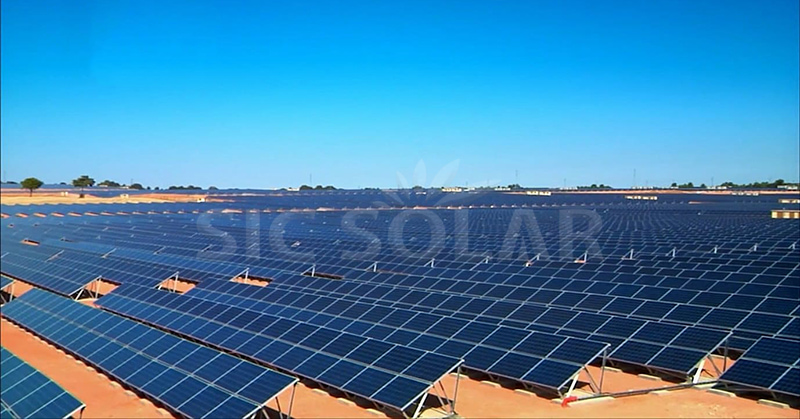When it comes to installing solar panels for commercial projects, one of the most critical decisions you’ll make is selecting the appropriate solar racking system. The racking system plays a pivotal role in the performance, durability, and efficiency of your solar installation. Here are several key factors to consider:
1. Type of Roof or Ground Mount
The type of mounting surface—whether it’s a flat roof, pitched roof, or ground—will significantly influence your choice of racking system. For flat roofs, a ballasted racking system may be ideal, while pitched roofs often require a system with penetrations. Ground-mounted systems are generally more versatile and can be adjusted for optimal angle and orientation.
2. Structural Integrity
The racking system must be compatible with the structural integrity of the mounting surface. For commercial rooftops, ensure the racking system can handle the load and is compliant with local building codes. For ground mounts, the soil conditions and potential for environmental factors like snow load or high winds need to be considered.
3. Panel Orientation and Tilt
The angle and orientation of your solar panels impact their energy production. The racking system should allow for optimal tilt and orientation to capture the maximum amount of sunlight throughout the year. Adjustable racking systems can offer flexibility for different geographic locations and seasonal changes.
4. Durability and Materials
The materials used in the racking system should be durable and resistant to environmental conditions. Stainless steel, aluminum, and galvanized steel are commonly used materials that provide longevity and resistance to corrosion. Choosing high-quality materials will help ensure the long-term performance and reliability of the system.
5. Ease of Installation and Maintenance
An easy-to-install racking system can save time and labor costs. Look for systems that offer straightforward assembly and integration with existing infrastructure. Additionally, the system should allow for easy maintenance and access to the panels for cleaning and repairs.
6. Cost and Budget
While it’s important to find a racking system that meets all technical and performance requirements, it’s also crucial to consider your budget. Balance the cost with the benefits of the system, including its durability, efficiency, and ease of installation. Investing in a high-quality racking system can result in long-term savings and better performance.
7. Vendor Reputation and Support
Selecting a reputable vendor with strong support and customer service can make a significant difference. For instance, SIC Solar, a leading manufacturer of photovoltaic mounting systems, offers a range of reliable and high-performance racking solutions. Their expertise and support can help you choose the right system and ensure a successful installation.
By carefully evaluating these factors, you can choose a solar racking system that enhances the performance and durability of your commercial solar installation. Partnering with experienced providers like SIC Solar can also provide valuable insights and solutions tailored to your specific needs.
